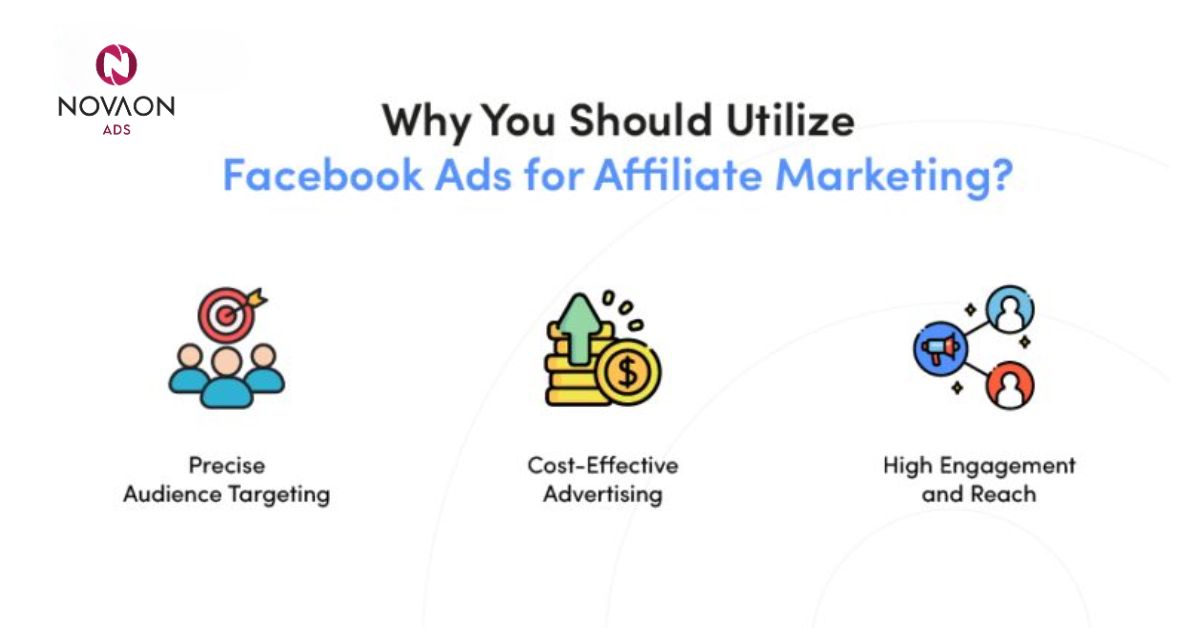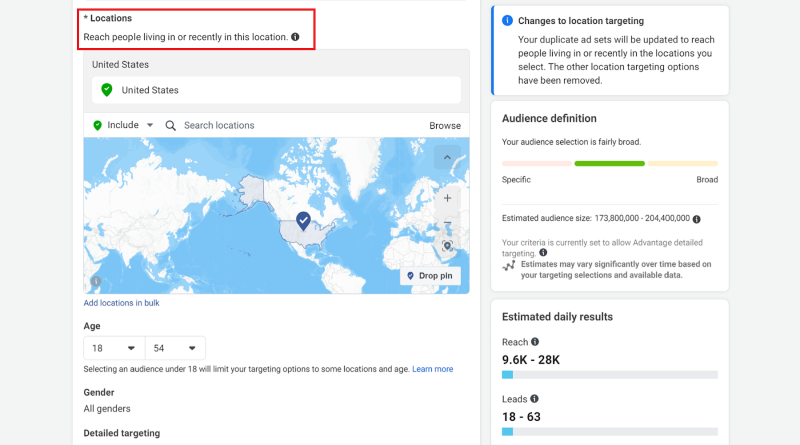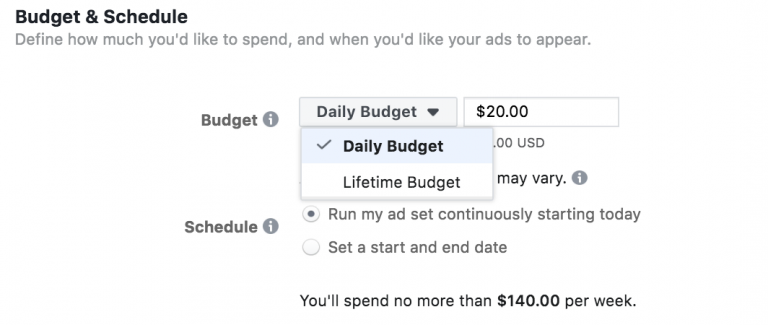With a staggering user base of nearly 3 billion monthly active users, Facebook continues to be one of the most influential digital advertising platforms in the world. For affiliate marketers, this scale represents both an enormous opportunity—and a challenge. While many enter the space expecting quick wins, success on Facebook requires a deep understanding of how to blend paid advertising with ethical affiliate practices.
In this comprehensive guide, we’ll take a deep dive into Facebook affiliate marketing: from platform compliance to building trust-based sales funnels, audience targeting, ad formats, and optimization strategies that convert.
What Is Affiliate Marketing on Facebook?
Affiliate marketing is a performance-driven business model in which marketers promote products or services through unique tracking links and earn a commission for each sale or lead generated. On Facebook, this practice is shaped by the platform’s advertising and content policies, which prohibit direct affiliate links in paid ads.
To work around this, successful marketers use indirect strategies. Instead of placing affiliate links directly in ads, they drive traffic to value-driven intermediary content such as blog posts, review pages, presell articles, or tutorial videos. These destinations host the affiliate links and provide useful context, improving both user experience and conversion rates. Moreover, compliance with Facebook’s policies is crucial, requiring marketers to avoid link cloaking, misleading offers, or aggressive sales tactics.
Popular conversion flows might look like this:
- A Facebook ad sends users to a blog post, which contains affiliate links embedded naturally within content.
- Users may be driven to an opt-in page for a free resource, followed by an email sequence that nurtures them toward a purchase.
These multi-step funnels are more effective and sustainable than direct linking, especially in a platform as regulated as Facebook.
Why Use Facebook Ads for Affiliate Marketing?
The true power of Facebook Ads lies in its ability to blend massive scale with laser-focused targeting. Unlike organic promotion alone, paid Facebook ads offer a reliable and predictable method to put affiliate offers in front of the right audience at the right time.

One of the most compelling benefits of Facebook Ads is its granular targeting capability. You can create detailed buyer personas by narrowing your audience according to:
- Age, gender, and geographic location
- Interests, hobbies, and lifestyle behaviors
- Browsing activity and purchase intent
Whether you’re promoting wellness supplements to yoga enthusiasts or tech gadgets to startup founders, Facebook’s targeting engine helps you reach them with precision.
Equally important is the flexibility to engage users across the marketing funnel. For cold audiences who don’t know your brand, you can serve educational content or entertaining videos. For warm leads who’ve visited your site, retargeting campaigns with limited-time discounts work well. And for hot leads ready to buy, you can send them directly to high-converting sales pages.
Additionally, Facebook remains cost-effective when compared to Google Ads or influencer marketing. With CPCs ranging from $0.50 to $1.50 in many niches, and the ability to track ROI in real time through Meta Ads Manager, it’s an ideal platform for testing, scaling, and refining affiliate strategies.
Setting Up a High-Converting Facebook Affiliate Funnel
Before launching ads, affiliate marketers must establish a reliable business infrastructure. The first step is setting up Facebook Business Manager, which centralizes all assets including ad accounts, pages, and pixel data.
![]()
Linking a Facebook Page is mandatory for running ads, and setting up the Meta Pixel on your landing page or website enables you to monitor user behavior, optimize for conversions, and retarget effectively.
When creating your campaign, the objective you choose should align with your affiliate strategy:
- "Traffic" is ideal if you're directing users to an informational blog post.
- "Conversions" should be selected for promoting product offers via lead magnets or landing pages.
- "Engagement" is helpful if you're focused on community building or visibility.

Audience creation is where the real magic happens. Use Custom Audiences to retarget previous visitors, email subscribers, or video viewers. Then expand your reach using Lookalike Audiences, which Facebook builds using your existing audience data to find similar users likely to engage.

Your ad creative must capture attention quickly in the feed. Strong hooks in your headlines, eye-catching visuals (static images, carousel layouts, or short-form video), and compelling calls to action (like “Read More,” “Shop Now,” or “See How It Works”) are essential. The goal is to get users curious enough to click—and then nurture them through your presell content.

Speaking of presell content, this is where conversions are won or lost. Instead of sending users to a raw product page, smart affiliates route traffic to engaging, valuable content that educates or entertains. Examples include product comparisons, tutorial-style blogs, listicles, or influencer reviews. These bridge pages warm up the audience and increase affiliate conversions by positioning the offer in context.
Building a Sustainable Affiliate Brand on Facebook
Affiliate marketers who thrive long-term don’t rely on ads alone—they build a digital presence. Creating a Facebook Page is the first step. It acts as your brand’s public profile and gives you space to publish consistent content, share posts, build social proof, and retarget engaged users with ads.
Facebook Groups add another layer to your marketing ecosystem. A niche-focused group (e.g., for fitness hacks, side hustles, or pet care) allows you to foster community and deliver value in a peer-driven environment. Once trust is established, introducing affiliate content becomes seamless and natural.
To grow your following, mix content strategies:
- Use organic posts to build engagement through helpful tips, updates, or trends.
- Collaborate with other creators or communities to cross-promote.
- Leverage Facebook Ads to accelerate traffic and build your email list.
Navigating Affiliate Network Rules on Facebook
It’s crucial to understand how different affiliate networks interact with Facebook’s policies. Take Amazon Associates, for example. While it’s one of the most trusted programs, it doesn’t allow you to promote direct affiliate links in Facebook ads. The workaround is to link your ad to a blog post or video that contains your Amazon links—keeping your ad in compliance and maintaining user trust.
ClickBank, on the other hand, offers high commissions and more flexible guidelines. However, just like with Amazon, it’s safer and more effective to drive traffic to a presell page or lead capture funnel rather than using direct links. Always review the terms of your affiliate program before running ads to avoid account bans or policy violations.
Best Facebook Ad Formats for Affiliate Campaigns
The format you choose plays a big role in how your message is delivered. Image ads are simple and effective for promoting one key product or feature. They require strong visuals and concise messaging. Carousel ads let you showcase multiple items or highlight several benefits in a swipeable format—ideal for product bundles or comparison reviews. Video ads are king for storytelling. A well-edited 15–30 second video can demonstrate how a product works, show testimonials, or walk through a use case. Instant Experience ads offer an immersive full-screen interface directly within Facebook, perfect for mobile-first engagement and storytelling.
Pro Tips for Maximizing Facebook Affiliate Campaigns
To boost your campaign performance, keep the following tactics in mind:
- Always include a transparent affiliate disclaimer to build trust.
- Use Facebook Pixel data to run retargeting campaigns for better conversions.
- A/B test different creatives, headlines, and CTAs to discover what works best.
- Monitor engagement metrics in Facebook Insights to adjust your strategy.
Think beyond individual ads—build full customer journeys. From awareness to interest to decision, your ad campaigns should guide users through a logical path. Design with mobile users in mind by using vertical formats and compressing load times. And above all, balance promotion with value. Consistently offer content that informs, inspires, or entertains, not just sells.
Conclusion: Turning Facebook Ads into a Long-Term Affiliate Asset
Affiliate marketing on Facebook is no longer about quick hacks or spammy links—it’s about strategic brand building and creating content-driven customer journeys. With Facebook’s massive reach, smart targeting capabilities, and robust advertising tools, affiliates have everything they need to build scalable and ethical campaigns.
The most successful marketers focus on solving problems, not pushing products. They treat ads as introductions, not endpoints. And they understand that trust, value, and user experience are the real drivers of conversions.
Whether you’re new to affiliate marketing or looking to refine your existing campaigns, the roadmap is clear: build authority, drive value, optimize continuously—and let Facebook Ads amplify your success.





